Psychopathology and mental health exam two
1/138
Earn XP
Description and Tags
Mood Disorders, Anxiety Disorders, Anxiety Disorders / OCD, PTSD & Dissociative Disorders, PTSD
Name | Mastery | Learn | Test | Matching | Spaced |
|---|
No study sessions yet.
139 Terms
type of anxiety disorders
social anxiety, GAD (generalized anxiety disorder), Panic attack disorder
DSM-5 definition of social anxiety
Fear of social evaluation. Fear that they will be socially rejected
Myths about social anxiety:
Statement: Most people with social anxiety are happier alone.Answer: T/F
False — — People with social anxiety crave settings where they will not be judged
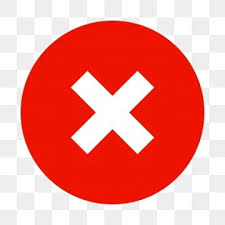
Myths about social anxiety:
Statement: People with social anxiety just need to avoid the spotlight .Answer: T/F
False — each situation is independent for the individual
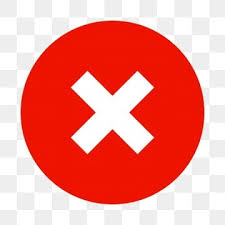
Myths about social anxiety:
Statement: People with social anxiety are just shy.Answer: T/F
False — social anxiety involves intense fear of social situations
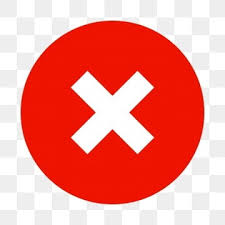
what diseases does social anxiety have a high comorbidity with
other anxiety disorders and depression
Is social anxiety chronic?
Yes
What percent of the population suffers from social anxiety?
~12% of the population
when does social anxiety develop
adolescence
which gender suffers from social anxiety more?
Women
What medication can be used to treat social anxiety?
SSRIs- generally helpful in treating social anxiety — used in combination with CBT-
How is CBT used to treat social anxiety?
exposure, rehearsal, roleplay
what are the three psychological treatments for social anxiety?
CBT, social skills training, attention bias modification training
How do therapists use social skill training for social anxiety?
teaching individuals skills ( eye contact, active listening + being assertive)
How do therapists use attention bias modification training for social anxiety
train people to focus on positive instead of negative, app
What is GAD ( generalized anxiety disorder)
frequent and unnatural worry about various aspects of daily life
What does GAD stand for
generalized anxiety disorder
What are the aspects of worry for GAD
negative emotional thoughts, uncontrollable, concerned with possible future dangers
DSM-5 definition of GAD
excessive worry about numerous events at least 50% of the day, more days than not, for at least six months. Must include at least 3 symptoms( bonus: what are the symptoms)
DSM-5 symptoms of GAD
restlessness
easily fatigued
difficulty concentrating or mind going ‘blank’
irritability
muscle tension
sleep disturbance
Question: Can you get diagnosed with GAD if you only have the symptoms during episodes of depression .
No. There must be evidence that GAD exists outside of depressive episodes
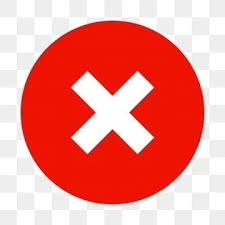
What is the prevalence for GAD
~6%
which gender suffers from GAD more?
woman (2:1 vs. men)
what is the heritability of GAD?
~33%
What disorder does GAD have a high comorbidity with
MDD( Major depressive disorder)
Treatments for GAD
CBT, medications, mindfulness based CBT
How is CBT used to treat GAD
goal is to have patients figure out that they are wasting energy by worrying so much. Figure out what triggers for anxiety are
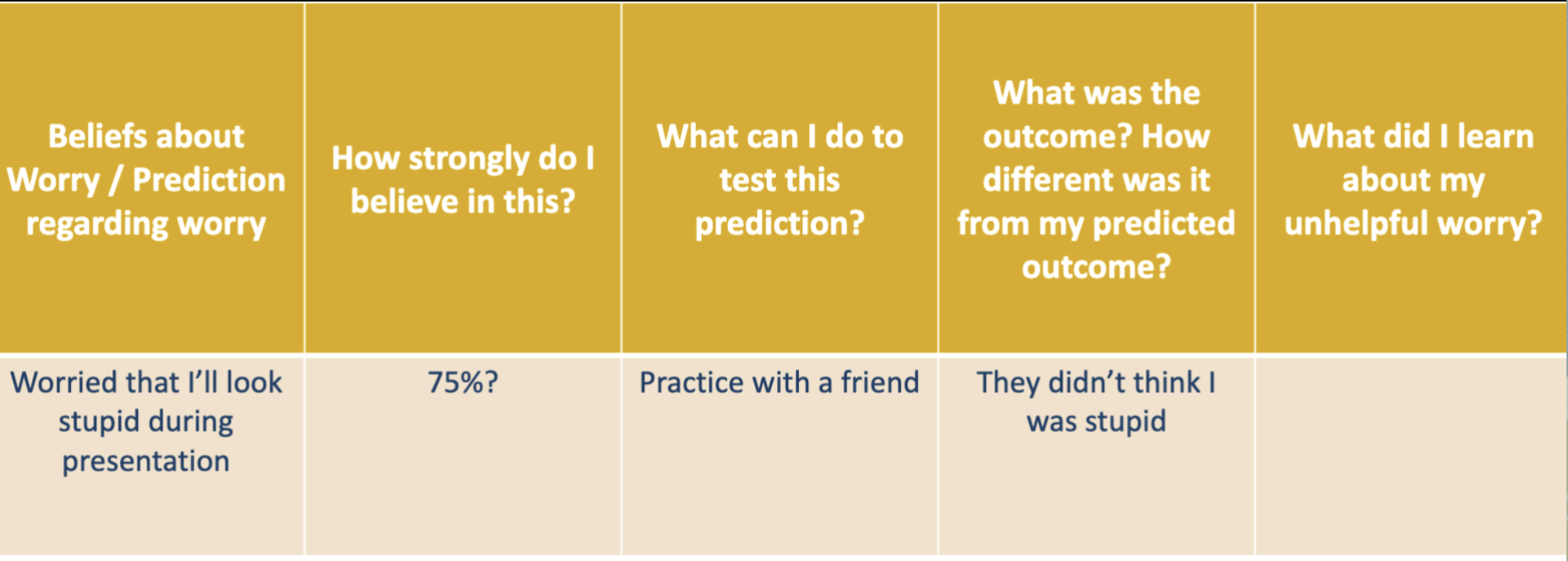
How does mindfulness based cognitive therapy treat GAD
focus on here and now, thoughts + emotions are not facts.
Does CBT help with GAD
Yes. After CBT there is a decrease in activation in the limbic and prefrontal regions
What medications are used to treat GAD?
SSRIs
Are benzo’s good to treat GAD?
NO! they only offer a short term solution and are very addictive.
What is a panic attack?
A sudden onset of intense terror, apprehension, and/or feelings of impending doom.
How long does a panic attack take to peak?
10 minutes
Physical symptoms of panic attacks
rapid heartbeat, shortness of breath, choking, chest pain, dizziness, feeling faint, sweating, chills, trembling, nausea, numbness
Psychological symptoms of a panic attack
depersonalization
Derealization
fear of losing control/ going crazy
intense fear of dying
what is depersonalization
a feeling of being out of body
what is derealization
feeling like the world isn’t real
what frequently causes the 1st panic attack?
high stress situations
do most adults who have a panic attack develop panic disorder?
no
DSM-5 criteria for panic attack disorder
recurrent/ unexpected panic attacks
persistent worry about having panic attacks
major change in behavior in order to avoid triggers
Treatments for Panic attack disorder
medication, mindfulness, exposure
What medication is used for panic attack disorder
benzodiazepines - come with frequent relapse
How does mindfulness help during a panic attack?
helps to focus on the present moment, and wait for symptoms to lesson
How is exposure used to treat panic attack disorder
real life exposure, imagined exposure, interoceptive exposure ( triggering physical sensations)
what is agoraphobia?
fear of being in situations where you can’t escape
What role do environmental factors play in anxiety disorders
stressful life events precede anxiety + depression
how do people with anxiety perceive threats?
people with anxiety have enhanced perception of threats
what is the general heritability for all anxiety disorders
~30-50%
what system in the brain is most strongly linked with anxiety disorders?
the limbic system(amygdala)
what neurotransmitters are important in anxiety disorders?
serotonin, GABA, norepinephrine
what treatments are the best for anxiety disorders
psychological treatments
How does the DSM-5 define OCD
persistent obsessions, compulsions or both
time consuming, impairing on daily life( 1hr + per day)
not caused by any other substance
not related to other mental health conditions
What is an obsession( OCD)
Persistent thoughts, urges and images that are unwanted and cause the individual distress.
The person tries to silence these thoughts (with compulsions)
What is a compulsion (OCD)
repetitive behaviors or mental acts a person feels required to do.
meant to reduce distress and prevent feared events from happening (obsessions)
what are some common obsessions?
fear of contamination
fear of violence (to self and others)
sexually taboo/ morality
what are some common compulsions?
washing hands
apologizing
counting
organizing
repeating
checking
what is the difference between an obsession and worry?
An obsession is intense and unwanted random thought. A worry is a more general feeling about the future.
(Worry focuses on self while obsession focuses on attention)
What are the possible causes of OCD?
cognitive model
neurological factors
genetic factors
what is the cognitive model for OCD(causes)
By attempting to suppress maladaptive thoughts, they actually become more prevalent.
OCD people attend to their worries + obsessions much more than others
suggests OCD can be episodic w/ relapses
what are the neurological factors associated with OCD
increased activation brain regions
increased activation when prevented with stimulus related to an obsession
what regions of the brain are more active for people with OCD?
frontal-striatal circuitry
anterior cingulate cortex
orbiofrontal circuitry
caudate nucleus
Heritability of OCD
40-50%
what is ERP
when people with OCD are deliberalty exposed to their triggers in order to desensitize them to committing their compulsions.
what medications are used for OCD
SSRIs
What is the DSM-5 diagnosis for PTSD?
Following a traumatic event, an individual experiences intrusive memories, avoidance behaviors, negative changes in mood, and physical reactions causing extreme distress. Symptoms must persist for at least one month.
What are the symptoms of PTSD?
Intrusive memories, avoidance behaviors, negative changes in mood/ thought, physical and emotional changes
what are intrusive memories (PTSD)
memories about the traumatic event that do not go away. Can show up as flashbacks or nightmares
What are avoidance behaviors
Internal + external avoidance of traumatic memories. ( thoughts, feelings, people, places, or activities)
how are the avoidance behaviors for PTSD different than for OCD?
avoiding distressing memories(PTSD) vs. avoiding distressing thoughts( OCD)
What are the negative changes in mood associated with PTSD?
anhedonia, selective amnesia, persistent self-blame, negative emotional state, feeling disconnected from others
Physical/emotional changes of PTSD
irritability, hyper vigilance, reckless behavior, exaggerated scare response, trouble concentrating, sleep disturbance
What is PTSD caused by?
experiencing trauma
common forms of trauma
combat exposure, sexual assault, terrorist attacks, witnessing death, loss of a loved one.
Social factors for PTSD
lack of social support contributes to a higher risk for PTSD( Vietnam veterans
Biological factors of PTSD
brain differences, family history of PTSD, generally higher state of arousal.
How does the brain change with PTSD?
Hippo campus + amygdala have decreased function and size. (disfunction of memory and emotion regulation)
neurotransmitters involved with PTSD?
cortisol, norepinephrine, serotonin, dopamine
what is comorbid with PTSD?
MDD, substance use disorder, anxiety disorders
Psychological factors for PTSD
dissociation, increased self- blame
How does dissociation affect PTSD
only a short term solution, increases severity of PTSD
How does increased self-blame affect PTSD?
can make symptoms and feelings of PTSD worse.
How is the severity of symptoms related to the type of trauma(PTSD)"?
the severity is correlated with the type of trauma.
medications used to treat PTSD
SSRIs, Benzos(not effective)
Talk therapies used for PTSD
Prolonged exposure, cognitive processing theory, EMDR
What is EMDR
eye-movement desensitization and reprocessing is PTSD CBT therapy with bilateral eye movement
acute stress syndrome
like PTSD but lasts 3 days to 1 month
difference between BD I and BD II
BD I is one manic episode while BD II is only hypomanic episodes
Mania
a period of abnormally elevated/ irritable mood. Increased energy or activity lasting at least a week.
DSM-5 Def of BD
when an individual experiences both manic(or hypomanic) and depressive episodes. Resulting in severe impairment or hospitalization.
Symptoms of mania
Increased goal-directed activity/ psychomotor agitation
Talkative and rapid speech
racing / out-of-control thoughts
Decreased need for sleep
Thinking you are superhuman (increased self-esteem).
Distractibility
Risky behavior
Hypomania
Like mania but less severe. Only lasts for 4 days. Doesn’t require hospitalization.
Major depressive episode.
At least two weeks with symptoms of depressed mood, loss of pleasure, weight changes, change in diet, sleep disturbances, fatigue, feelings of worthlessness or guilt, difficulty concentrating, and recurrent thoughts of death or suicide.
Biological causes of BD
family risk factors( 70-90% heritable), neurological differences/
heritability of BD
70-90%
What brain regions are decreased with BD
Prefrontal + limbic systems (emotions)
what brain regions are increased with BD
amygdala + striatum (reward centers)
Psychosocial factors for BD
have increased reward sensitivity( why), improbable goal striving
most effective treatment for BD
medication
medications for BD
anti psychotics, mood stabilizers, anti convulsant
can you use anti depressant for BD
no, unless used with mood stabilizers